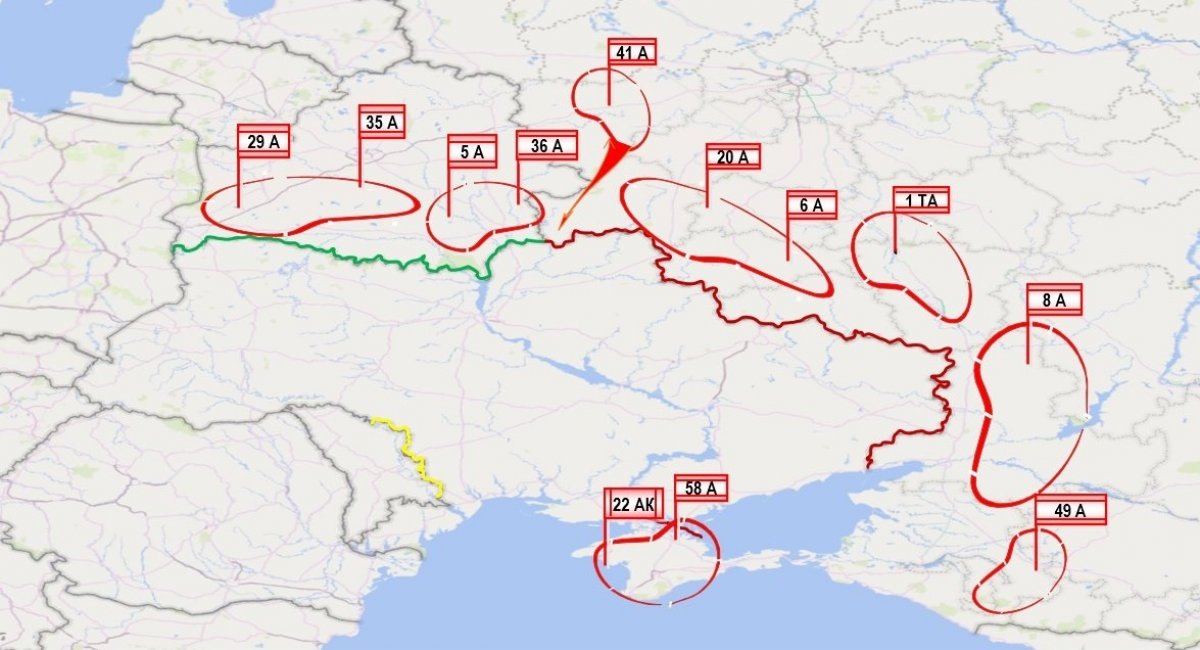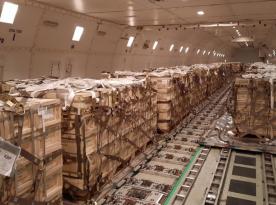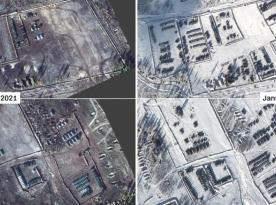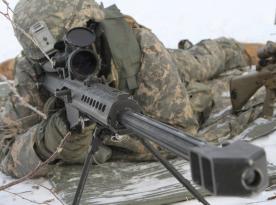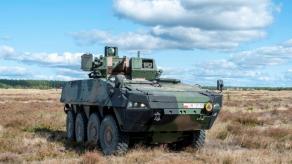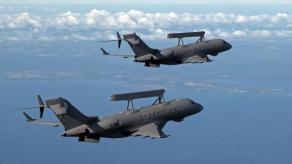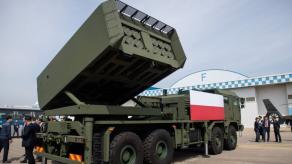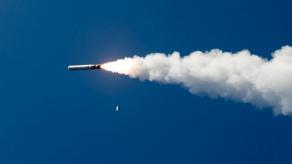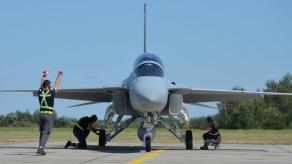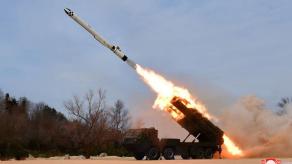With over 100,000 Russian troops gathering in proximity to the Ukrainian border and in temporarily occupied territories of Crimea and Donbas (Eastern Ukraine), a multitude of media published their analytics on the threat of Russian invasion.
Ukrainian government agencies reacted with statements against the spread of panic among Ukrainians. Ministry of Foreign Affairs of Ukraine and State Security Service appealed to the citizens to remain calm and resist the spread of panic and fake information. President of Ukraine Volodymyr Zelensky called the Russian military build-up "psychological pressure".
Read more: Russia Has 48 Hours to Explain its Military Activities – Ukrainian Foreign Minister
Recently, information spread about US President Joe Biden calling the Russian invasion of Ukraine "imminent". The official in the White House Emily Horne refuted this statement on her Twitter page. Ukrainian media warned against the usage of incorrect interpretation of confusing words, such as "imminent".
Yet, western media continue to share messages concerning the possibility of the Russian invasion. Forbes has published an overview of the "12 reasons why a Russian attack on Ukraine looks imminent". Here is a brief summary of the article, that can be originally found here.
The author states that videos posted on social media and commercially available satellite imagery provide ample evidence that a Russian attack seems likely, although not certain.
Defense Express memo: satellite imagery does prove Russia gathering its forces in multiple areas near the Ukrainian border and in Crimea. An estimated number of over 100,000 troops gathered there, with military equipment and vehicles also there. Heavy machinery was spotted deployed to Belarus as well. These preparations are explained by Russian officials as a part of military drills, with some of them having started just a few days ago.
The evidence presented by satellite images, social media such as TikTok and Twitter from Russian social media users, and government statements supports the idea that Russia is moving into the final position for combat operations in Ukraine.
The analysis of diverse military machinery being deployed closer to the border of Ukraine is provided. This includes the arrival of the mechanized units called Battalion Tactical Groups (BTGs) into Belarus by rail, elements of the elite Moscow-based 1st Guards Tank Army assembling at the Pogonovo training range near Voronezh, the 6th Combined Arms Army moving towards Belgorod, which is about 35 miles (56 km) near Ukrainian city Kharkiv.
Aside from the Ground Forces, Russia moved Airborne Forces into position for an attack. Eight parachutable armored fighting vehicles and numerous combat helicopters from elite airborne divisions called the VDV have been seen deployed to support exercises in Belarus in January and February.
Russian fleet has dispatched to the Mediterranean and the Black Sea. Six tank landing ships (LSTs) from Russia’s Northern and Baltic fleets have entered the Black Sea and joined the 6–7 landing ships in the Black Sea fleet.
With high-powered artillery also rolling into firing positions near the border of Ukraine, Russia is supposedly concentrated around half its military force around Ukraine.
Apart from troops, the military police are on the way. Rosgvardia (“National Guard”) are trained for policing civilian populations, they may be more suited than regular ground forces for controlling civilians in newly occupied areas, and could free up combat units for offensive missions.
Logistical preparations include medical facilities that are ready to take in hundreds of battlefield casualties, deployment of command-and-control brigades, and movement of pontoon bridging units.
According to the article, all these factors should point out that Russian forces are there not just for the drills, but to prepare for combat operations. The author also notes that Russia has timing constraints on such activities, as the drills in Belarus as a pretext for the build-up of the forces officially end on February 20, and Moscow cannot keep soldiers for a long time at times of Covid-19 epidemic and cold winter weather.
Diplomatic frontline is as well important. While leaders of NATO countries warn that the invasion would cost a lot for Russia, the latter published an eight-point list of demands, with the core ones of them being as followed:
- To permanently close off not only NATO membership, but any NATO assistance to Ukraine or other non-NATO members.
- To permanently ban further expansion of NATO, and forbid the presence of international troops in NATO’s East European member states.
- To force Kyiv to legitimize Russian-backed separatist entities in Eastern Ukraine.
The first and the second are unacceptable for NATO, and the third one – for Ukraine, as Ministry of Foreign Affairs of Ukraine Dmytro Kuleba announced in a BBC interview, that any negotiations with the so-called leaders of separatist-held territories of Ukraine. Russian demands are suggested unacceptable to the point they were calculated to guarantee refusal.
Another factor is that over a dozen of countries started to tell their citizens to leave Ukraine. Canada relocates its military instructors from Ukraine just a week after the arrival of additional troops. Japan and the United States decided to evacuate most of their embassy in Ukraine, while Sweden and Spain stated they didn't have such plans. Ukrainian Minister of Foreign Affairs Dmytro Kuleba reacted to Russia considering the evacuation of its embassy as another wave of accusations against Ukraine of allegedly preparing for an offensive and provocations.
Read the full article on the 12 reasons why a Russian attack on Ukraine looks imminent here.
Credit: The article includes materials, provided by Sebastien Roblin, an expert on technical and human aspects of international security, conflict, history and aviation on Forbes.
Also, Defense Express covers the deliveries of the US and UK military aid supplied to Ukraine to deter Russian aggression. Recently, Lithuania joined in. Numerous countries warned Russia against invading Ukraine, the United States and Great Britain are among them. Pentagon suggests Russia might use a fake video to pretext an invasion. Meanwhile, Ukrainian top military leaders stay optimistic: Armed Forced are absolutely ready to repel the aggressor. Ukrainian Armed Forces conduct their own drills in order to prepare for any scenario.
Read more: U.S. Evacuates Personnel from Ukraine as Russia Crisis Escalates: Troops, Diplomats, Staff of OSCE Mission in Occupied Donetsk




